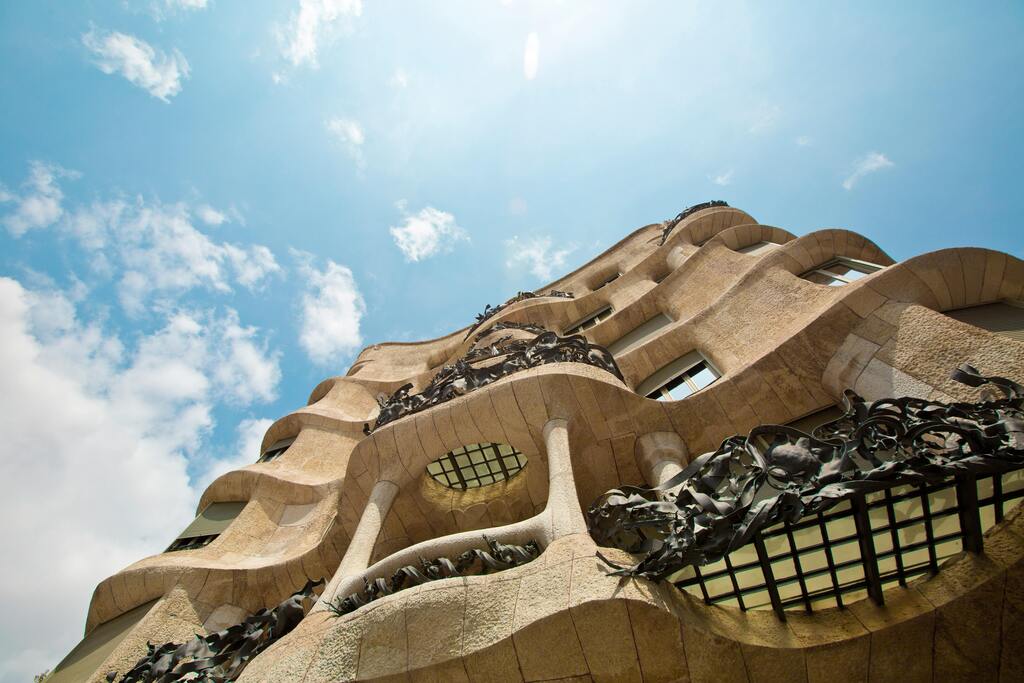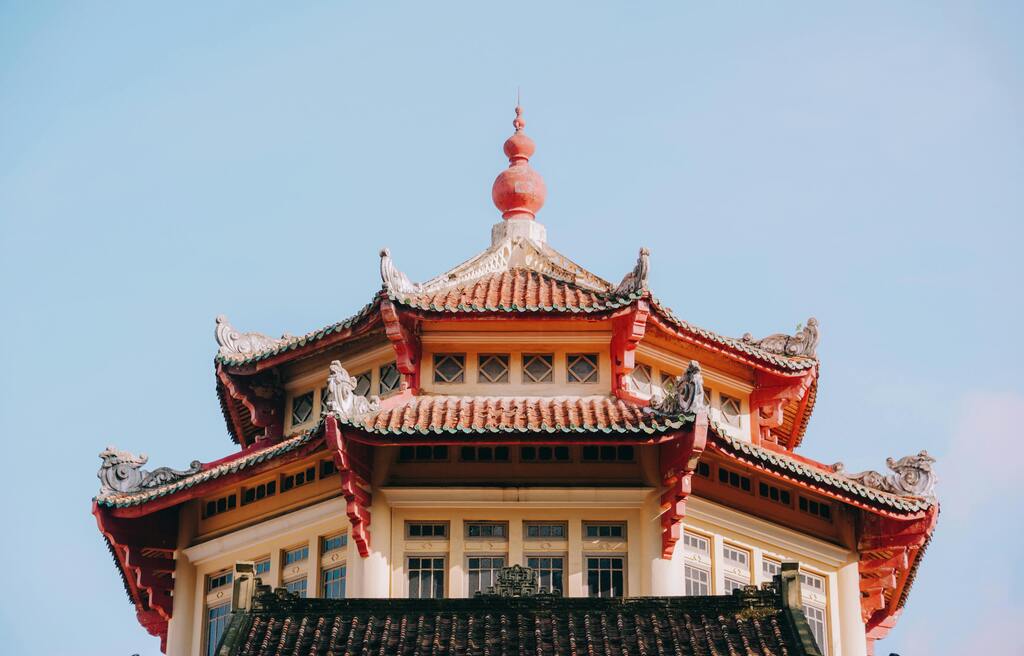

The best time to visit China is during spring (March–May) and autumn (September–November). These seasons offer mild temperatures, clear skies, and fewer crowds, making them ideal for both sightseeing and outdoor adventures. China is a fascinating land of contrasts, blending ancient traditions with cutting-edge cities. From the buzzing streets of Shanghai to the tranquil peaks of Yunnan, each season offers a different experience — and this guide will help you find yours.
Spring in China (March to May): the golden window for temperate exploration
Spring is widely considered one of the most pleasant season to visit China, and for good reason. The weather is comfortably mild, with average temperatures ranging between 10°C and 20°C, making it ideal for long days of sightseeing and outdoor exploration. Nature reawakens in full force: cherry blossoms, peonies, and magnolias bloom across cities and countryside alike, painting the landscapes in soft pastel hues.
In March and early April, you’ll enjoy not only beautiful scenery but also relatively low tourist traffic — a rare sweet spot before domestic travel picks up. Major cities such as Beijing, Xi’an, and Hangzhou are particularly stunning during this time. In Beijing, parks like Yuyuantan and the Summer Palace offer breathtaking cherry blossom views, while West Lake in Hangzhou becomes a mirror of spring’s arrival, framed by blooming willows and peach trees.
By late May, the temperatures begin to rise, and so do the crowds. Tourist attractions can get noticeably busier, especially around weekends and public holidays.
Spring travel tips
- Best for: cultural tours, historical sightseeing, temple visits, garden strolls, and light hiking
- Weather: average temperatures between 10°C and 20°C; occasional spring rains, especially in southern China
- What to wear: light layers, comfortable shoes, and a rain jacket just in case
- Avoid: crowded weekends and late May in major destinations
If you want a mix of comfort, color, and cultural depth, spring is arguably the best time to travel to China — a season that captures the country’s elegance at its peak.
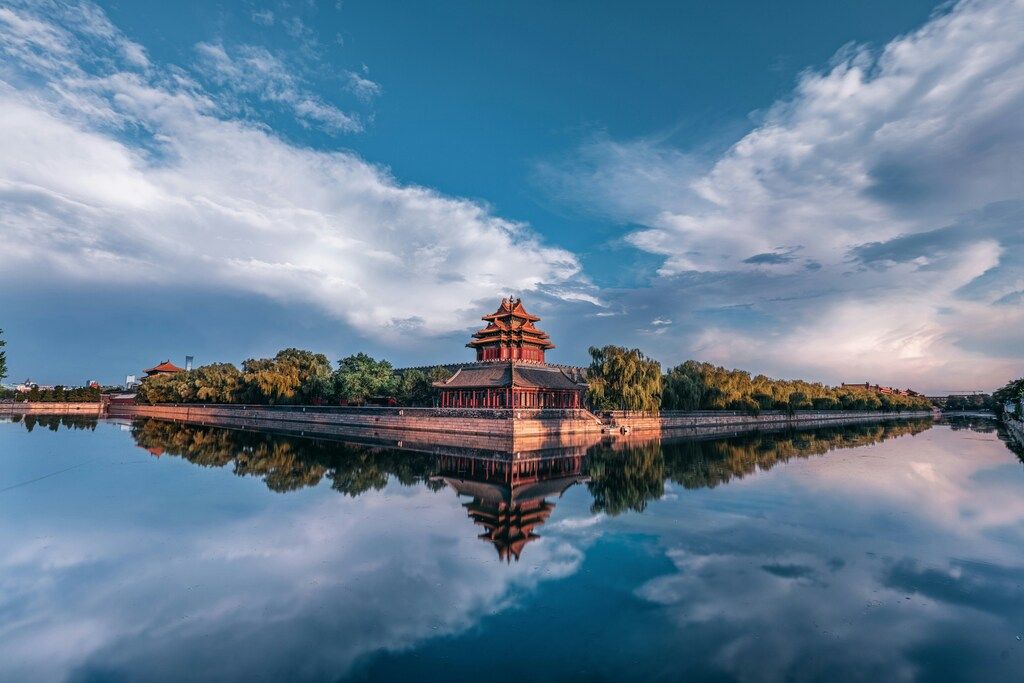
Summer in China (June to August): hot and humid, but vibrant with possibilities
For many, summer is not the most comfortable season due to high temperatures and intense humidity, especially in central and southern regions like Shanghai, Chengdu, or Guangzhou. Daily highs often exceed 30°C, and the air can feel heavy and tropical — particularly after a summer rainstorm.
That said, summer is also one of the liveliest times to explore China. Schools are on break, locals are traveling, and cities are buzzing with festivals, night markets, and cultural events. You’ll find open-air performances, extended museum hours, and evening activities that come alive after sunset to escape the daytime heat.
In rural regions and scenic areas like Zhangjiajie, Guilin, or Yunnan, summer brings lush green landscapes and dramatic river scenes — though some places may also experience sudden downpours or monsoon conditions.
Accommodation and transport tend to be more expensive, particularly in popular destinations. Booking well in advance is essential if you’re traveling in July or August, as domestic tourism peaks during school holidays.
Summer travel tips
- Best for: experiencing festivals, exploring mountainous or high-altitude regions (e.g., Tibet, Qinghai), enjoying vibrant city life
- Weather: hot and humid, 30–35°C in major cities; higher rainfall in southern areas
- What to wear: lightweight, breathable clothing, sunscreen, hat, and an umbrella or raincoat
- Avoid: long midday excursions in cities like Shanghai or Chengdu; plan outdoor visits for early morning or evening
- Bonus tip: consider heading to cooler highland regions or the far north
If you can handle the heat and plan smart, summer in China can be richly rewarding, offering dynamic experiences, late sunsets, and unforgettable flavors at every corner.

Autumn in China (September to November): Unrivalled beauty and comfortable travel
With clear blue skies, cool and pleasant temperatures, and vibrant autumn foliage, this is the ideal window to explore the best places to visit in China without the overwhelming heat or crowds of summer. From September to late November, cities like Beijing, Xi’an, and Chengdu are at their most scenic. In Beijing, golden ginkgo trees line the traditional Hutongs, creating postcard-worthy scenes. In the countryside, forests and mountains blaze with shades of red, orange, and yellow — especially in regions like Jiuzhaigou, Mount Huangshan, and the Great Wall. It’s a season made for photography, hiking, and slow, mindful exploration.
Culturally, autumn is rich with festivals and harvest traditions, offering travelers a glimpse into local customs — and a taste of mooncakes, a seasonal delicacy during the Mid-Autumn Festival.
One major exception:
Avoid Golden Week (October 1–7), one of China’s busiest travel periods. Expect crowded train stations, fully booked hotels, and long lines at major attractions. Outside that week, however, autumn offers peace, beauty, and space to explore.
Autumn travel tips
- Best for: scenic road trips, national parks, city tours, hiking, temple visits
- Weather: 15–25°C in most regions; dry, cool, and clear
- What to wear: light layers during the day, jacket or sweater for evenings
- Bonus tip: consider visiting places like Zhangjiajie National Forest, Longji Rice Terraces, or Hangzhou’s West Lake for peak autumn views
- Anchor insight: many of the best places to visit in China are at their most photogenic and accessible during this time.
With fewer crowds (outside holidays), striking natural beauty, and ideal weather, autumn is the season where China truly shines — the sweet spot between the heat of summer and the chill of winter.
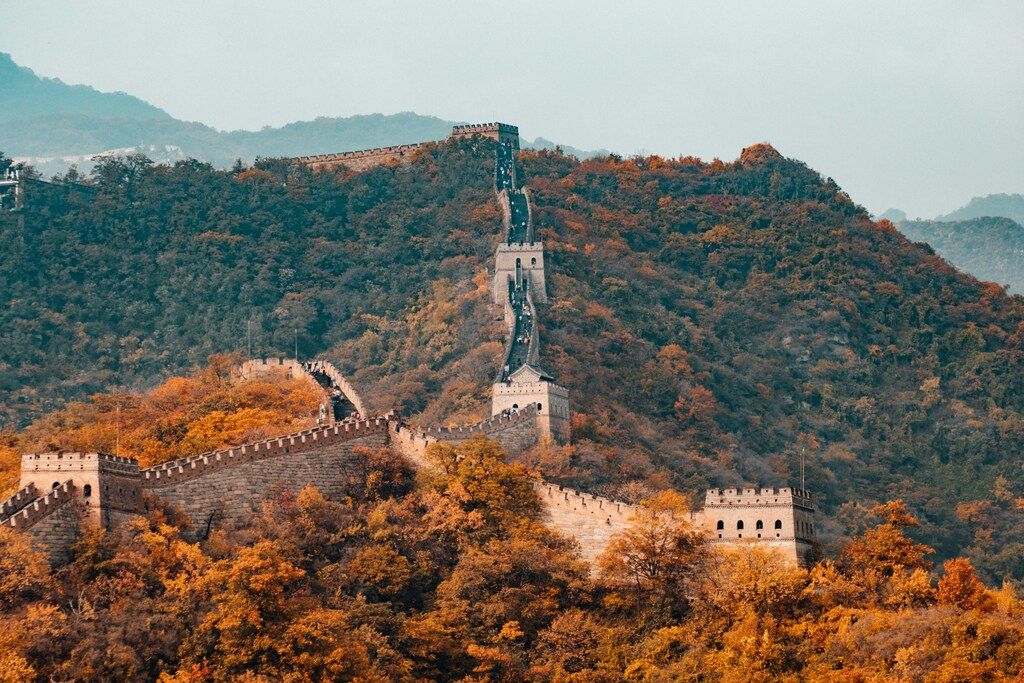
Winter in China (December to February): a unique charm for specific experiences
Should I visit China in winter? Yes — but only if you’re ready for cold weather and want a different kind of travel experience. Winter in China is often overlooked, but it has a unique, quiet charm. In northern regions like Beijing, Harbin, or the Great Wall, temperatures can drop well below freezing, with Beijing averaging between −5°C and 5°C. Still, for those who embrace the chill, the rewards are many.
The Harbin Ice and Snow Festival is the season’s crown jewel — a spectacular winter wonderland of massive ice sculptures, light displays, and snowy adventures. Meanwhile, ski resorts in areas like Yabuli and Chongli attract both beginners and pros looking to hit the slopes. Major cities are quieter than usual, offering a more local and immersive cultural experience without the peak-season crowds.
Budget travelers will also appreciate winter: flights and accommodation tend to be more affordable, especially outside the major holidays.
Caution:
The Chinese New Year (between late January and mid-February) is the largest annual human migration on Earth. While it’s an extraordinary cultural event, it also means crowded stations, packed trains, fully booked hotels, and many shops or restaurants closing for the holidays.
Winter Travel Tips
- Best for: snow festivals, skiing, hot springs, cultural depth, off-season savings
- Weather: sub-zero temperatures in the north; milder (5–15°C) in the south
- What to wear: thermal layers, warm coat, gloves, hat, and waterproof shoes
- Avoid: traveling during Chinese New Year unless booked far in advance and prepared for closures
- Bonus tip: for warmer winter getaways, consider southern regions like Yunnan, Hainan, or Guangxi, where the climate remains relatively mild.
If you’re looking for dramatic snowscapes, vibrant winter festivals, or a peaceful escape from the crowds, China in winter can be surprisingly magical — as long as you’re dressed for it.

Navigating Chinese Public Holidays: When crowds can peak and prices surge
Festivals in China are unforgettable — with dancing dragons, lanterns, and fireworks — but they also bring massive crowds. During Chinese New Year and Golden Week, streets, stations, and hotels overflow.
When are China’s busiest travel periods?
- Chinese New Year (January/February, dates vary)
- Golden Week (October 1–7)
These are times of massive internal travel, with packed trains, booked-out hotels, and long queues at attractions.
If you prefer a calm, relaxed trip, it’s best to visit during spring or autumn outside these weeks.
Regional climate variations: Finding your ideal China experience
One of the best things about China, and also one of the worst, is the size of the country. With so much to see and do, it is pretty hard to decide exactly when to visit. With the varied altitudes, latitudes, and different terrains, the weather in one place is not the same as in another.
Northern China (Beijing, Great Wall, Xi’an)
It can get bitterly cold in winter, especially near the Great Wall, and stiflingly hot in the summer. The best time in the north for your visit is spring and autumn. The climates at these times of the year open opportunities for leisure time and can be enjoyed without fighting crowds.
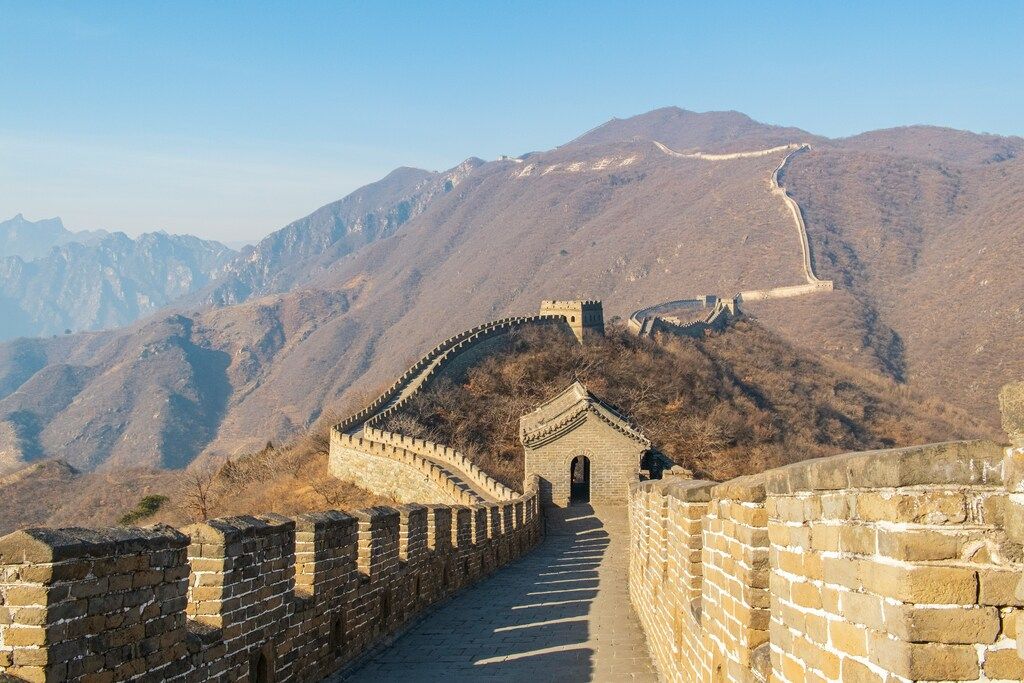
Central China (Shanghai, Yangtze River)
Summer can experience high levels of humidity and can be pretty wet. Winters, on the other hand, can tend to be chilly and damp. Cities like Shanghai, with flora, fauna, and quaint traditional garden areas, are best enjoyed in spring or autumn. Natural sites like the Yangtze River will be appreciated in the milder seasons. A bit of rain around can also dampen your standard tourist outings.
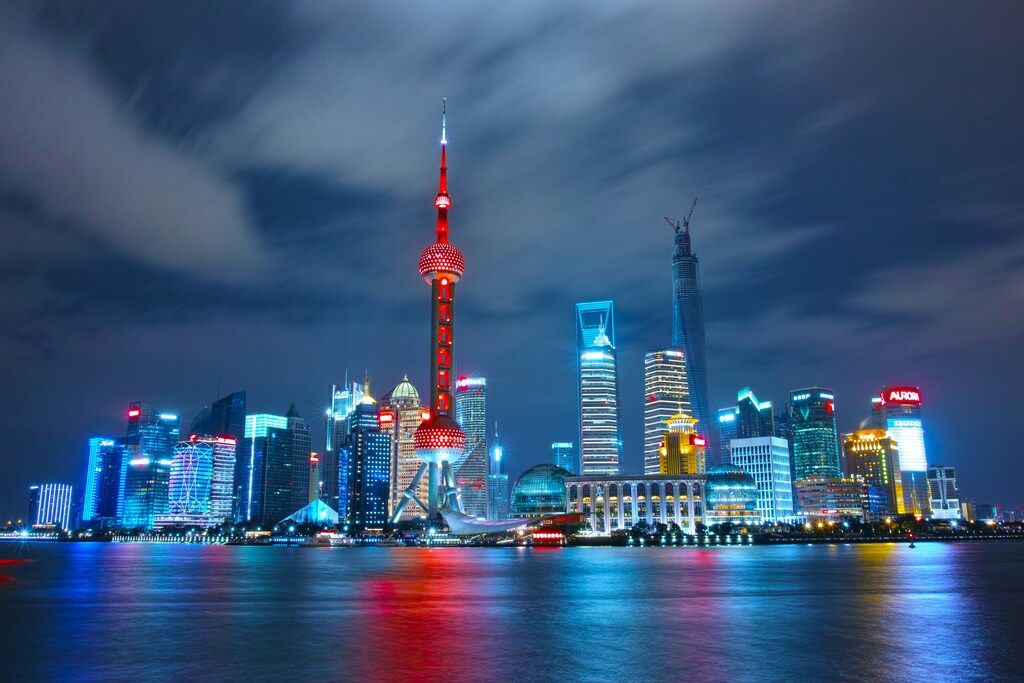
Southern China (Guilin, Yunnan, Hainan)
Subtropical and warm, southern China still has pretty mild winters compared to Shanghai and the north. They have hot summers (which can be expected, as the country’s south is tropical). If you’re heading to places like Guilin or Yunnan, the ideal time is spring or autumn. The place is popular in summer, and it is not only hot and humid but also crowded.
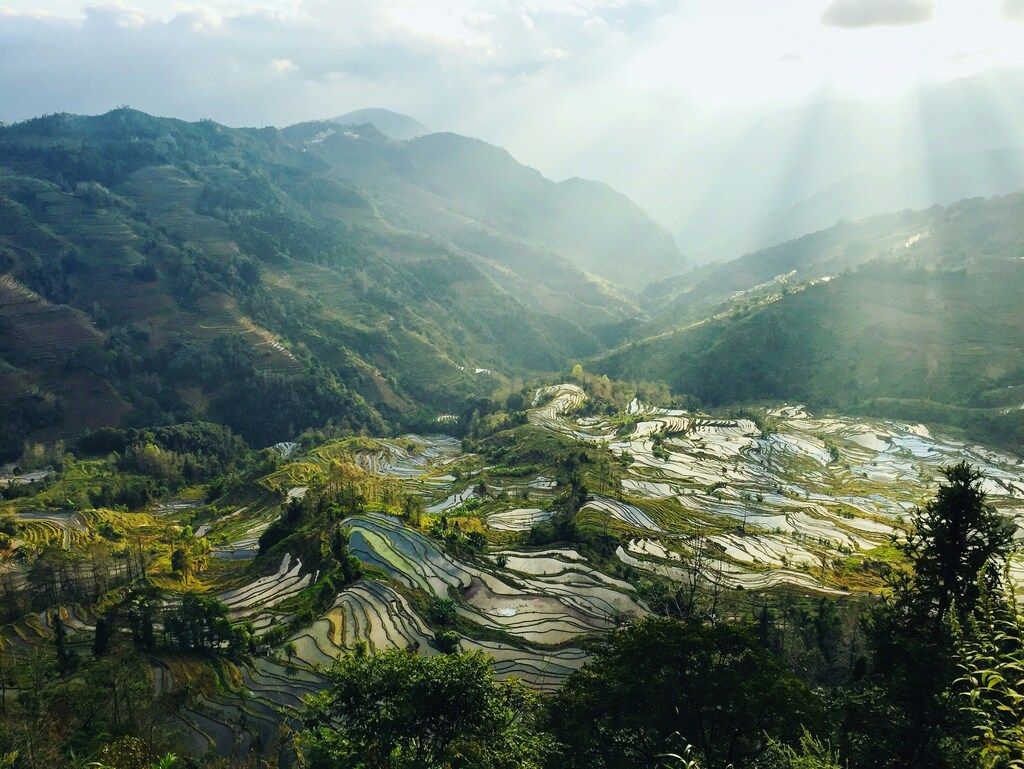
If your travels take you to white-capped mountains up in the north, or sandy beaches in the south, remember to check the weather before you head out.
Foodie seasons: When to taste China’s culinary delights
China will often divide its year into five sections, all consisting of the most important factor: food. Trying traditional Chinese food is one of the perks of visiting the country. Let’s look and check out the best time to visit food-wise!
Summer
This season includes fresh fruits, seafood, and light meals like cold noodles and cool salads. In local fruit and vegetable markets, you can see a lot of peaches, lychees, cherries, and other delightful summer fruits. You can see the hawkers peddling watermelon slices and chilled bean curd on China’s streets to beat the summer heat.
Autumn
When it comes to autumn food, this is the time to enjoy a special delicacy — mooncakes. Mooncakes are typically round, sweet pastries with lotus seed or red bean paste. It is a traditional food to enjoy and present as gifts to families and friends.
Winter
Winter is the best time to tuck into a steaming pot of broth over an open, hot pot. Dip slices of meat, fish, dumplings, tofu, noodles, and vegetables into the simmering sauce, then fish them out when ready.
Spring
Spring in China signals the start of the growing season. With new leaves on trees, fresh greens, and a plethora of fresh produce such as spring onions and the new season’s vegetables for us to enjoy.
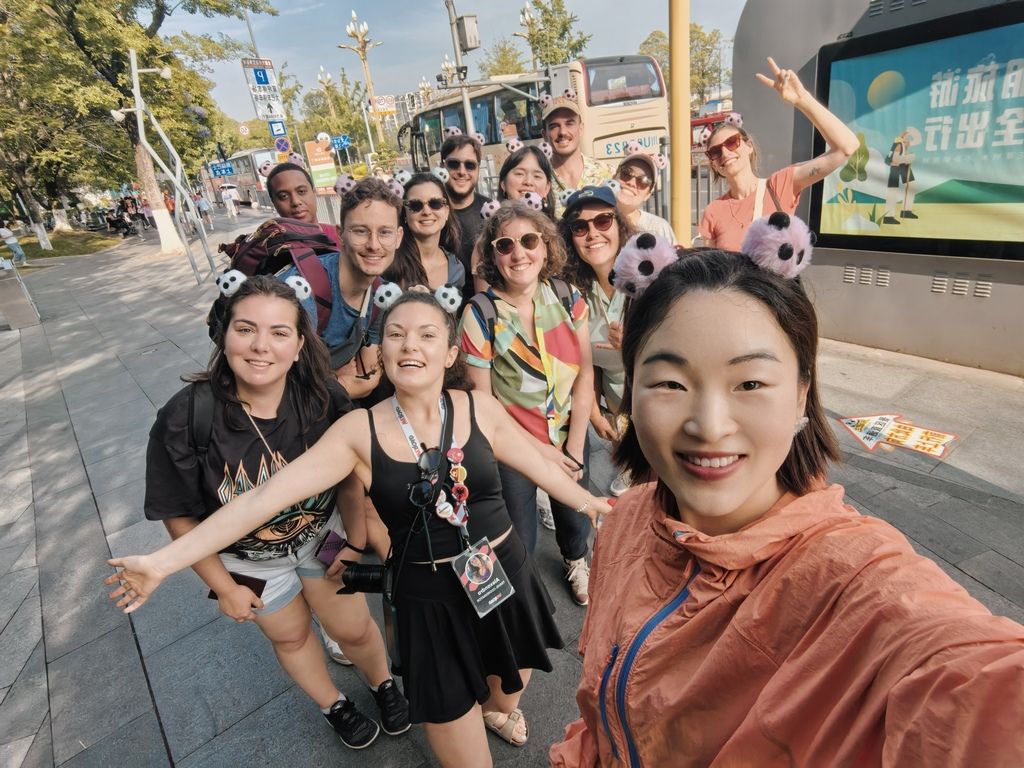
Your perfect Chinese adventure starts now.
There’s no single best time to travel to China. China is a vast land that covers a wide range of geography, climate, culture, ethnicity, plants, and animals. It’s magical whether climbing the Wall or witnessing a Xingyi night market.
Armed with this understanding of China’s seasonal fluctuations, shape your travels around your interests — festivals, weather, or food. Embark on a China group tour with a mission to explore culture, nature, and tradition!

